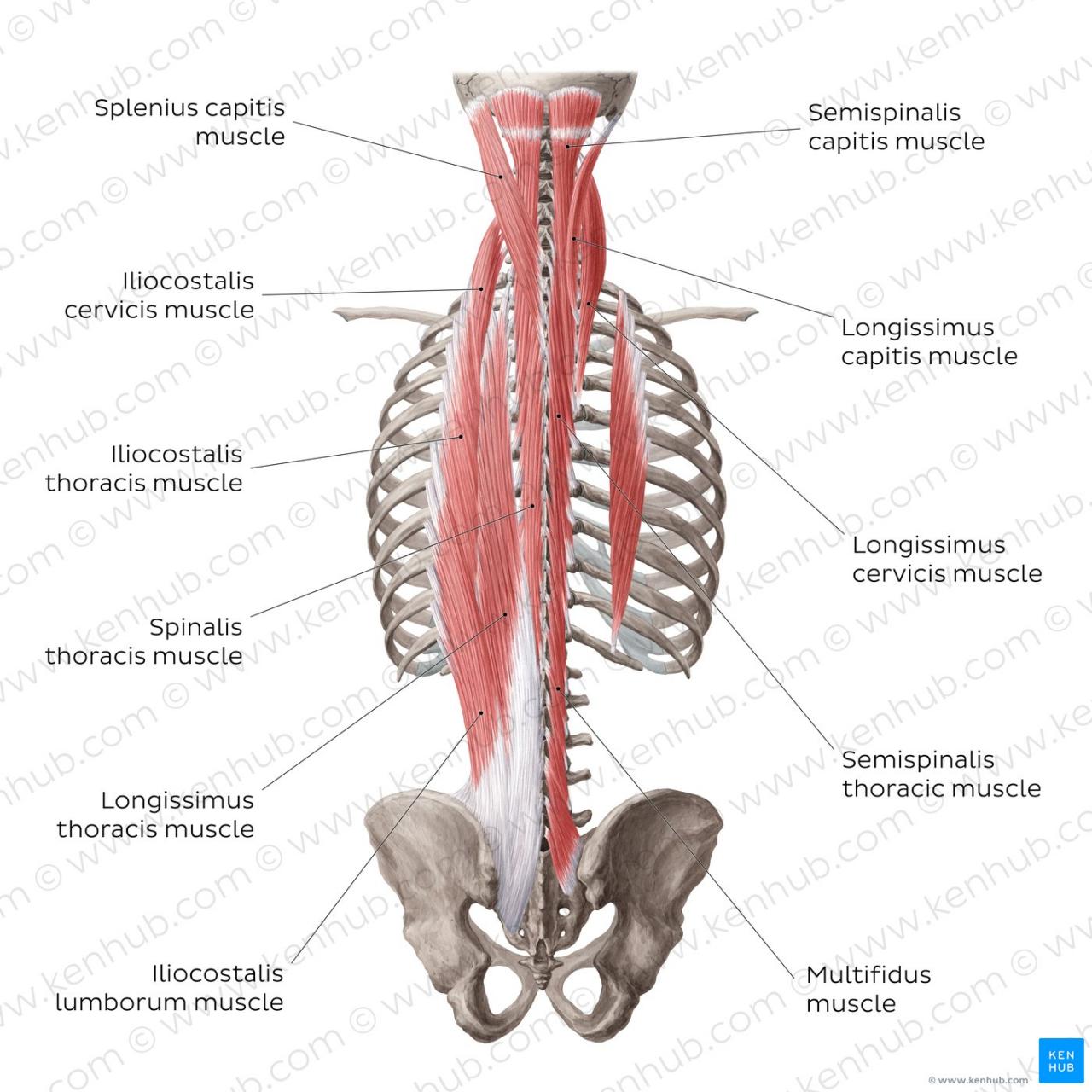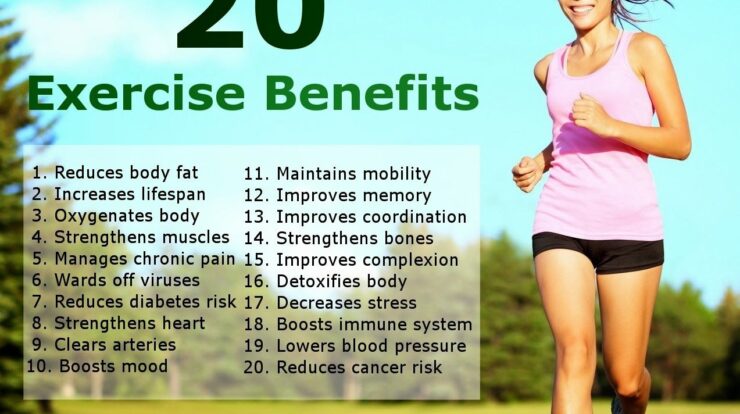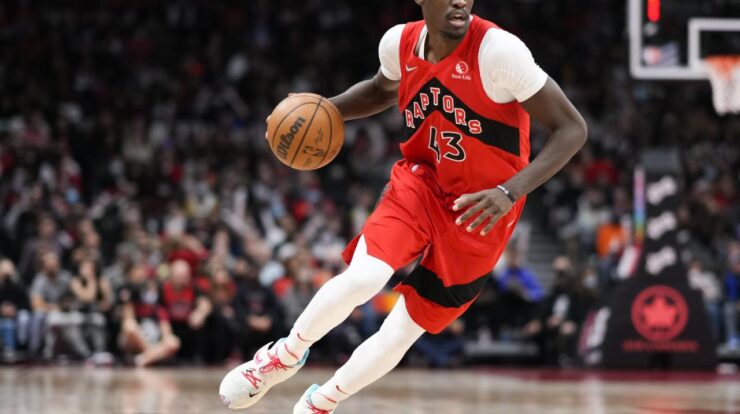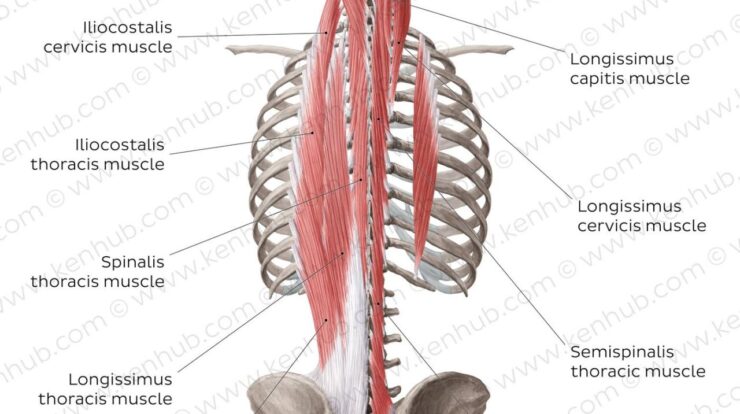
Back muscles, the unsung heroes of our musculoskeletal system, play a pivotal role in our posture, movement, and overall well-being. From the mighty trapezius to the resilient erector spinae, these muscles form a complex network that supports our bodies and empowers our actions.
In this comprehensive guide, we delve into the intricate anatomy of back muscles, exploring their structure and functions. We uncover effective exercises that strengthen and develop these muscles, empowering you to achieve your fitness goals. We also shed light on common back muscle injuries, their causes, symptoms, and treatment options, empowering you with the knowledge to prevent and manage these ailments.
For those looking to improve their overall fitness, it’s important to focus on strengthening the back muscles . Regular exercise is essential for maintaining flexibility and preventing issues later in life. In fact, a recent study published in the Journal of Sports Medicine and Physical Fitness found that regular exercise is the best way to prevent flexibility issues.
And if you’re a mom, we wish you a happy heavenly mother’s day mom ! To all the amazing mothers out there, we hope you have a wonderful happy mothers day ! And if you’re looking to tone up your lower back, here are some exercises for lower back fat that can help.
Back Muscles: Anatomy, Exercises, Injuries, and Nutrition
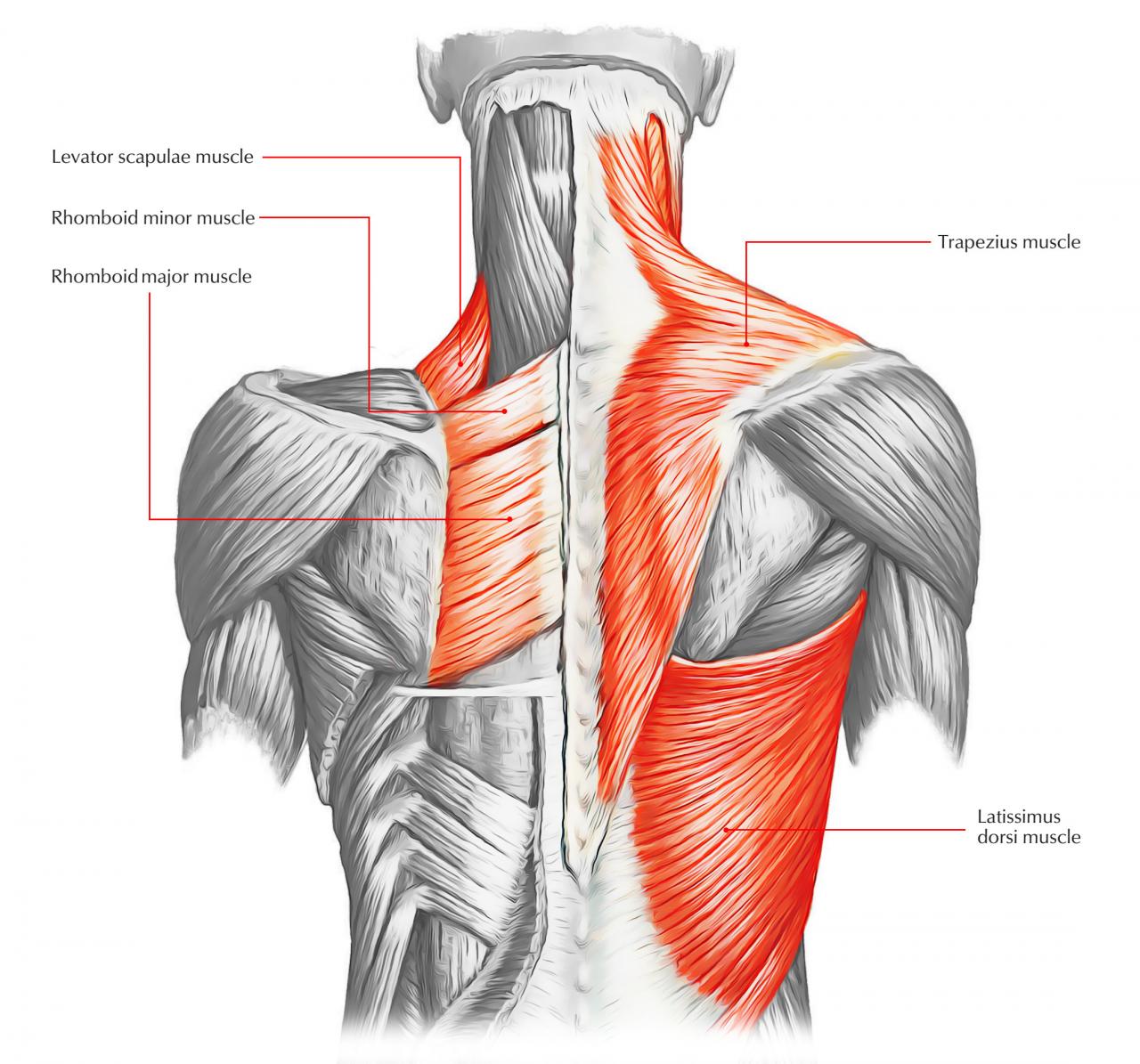
The back muscles, also known as the posterior chain, play a vital role in supporting the spine, maintaining posture, and facilitating movement. Understanding the anatomy, functions, and proper care of these muscles is crucial for overall health and fitness.
Back Muscle Anatomy
The major back muscles include:
- Trapezius:Extends from the base of the skull to the middle of the back, supporting the shoulders and neck.
- Latissimus dorsi:The largest muscle of the back, connecting the spine to the pelvis, responsible for pulling the arms down and back.
- Rhomboids:Located between the shoulder blades, assist in retracting and elevating the shoulder blades.
- Erector spinae:A group of muscles that run along the spine, supporting and stabilizing the vertebrae.
Back Muscle Exercises, Back muscles
Effective exercises for strengthening the back muscles include:
Compound Exercises
- Pull-ups
- Rows
- Deadlifts
Isolation Exercises
- Back extensions
- Dumbbell flyes
- Reverse flyes
Back Muscle Injuries
Common back muscle injuries include:
- Strains:Overstretching or tearing of a muscle.
- Sprains:Overstretching or tearing of a ligament.
- Herniated discs:Protrusion of the soft, gelatinous center of a spinal disc.
Back Muscle Rehabilitation
Rehabilitation for back muscle injuries involves:
- Rest:Avoiding activities that aggravate the injury.
- Ice:Applying ice packs to reduce swelling and pain.
- Compression:Using a back brace or support to stabilize the spine.
- Elevation:Keeping the injured area elevated to reduce swelling.
Back Muscle Nutrition
Proper nutrition supports back muscle health and recovery. Essential nutrients include:
- Protein:Building and repairing muscle tissue.
- Carbohydrates:Providing energy for muscle activity.
- Creatine:Enhancing muscle power and endurance.
- Antioxidants:Protecting muscle cells from damage.
Final Wrap-Up: Back Muscles
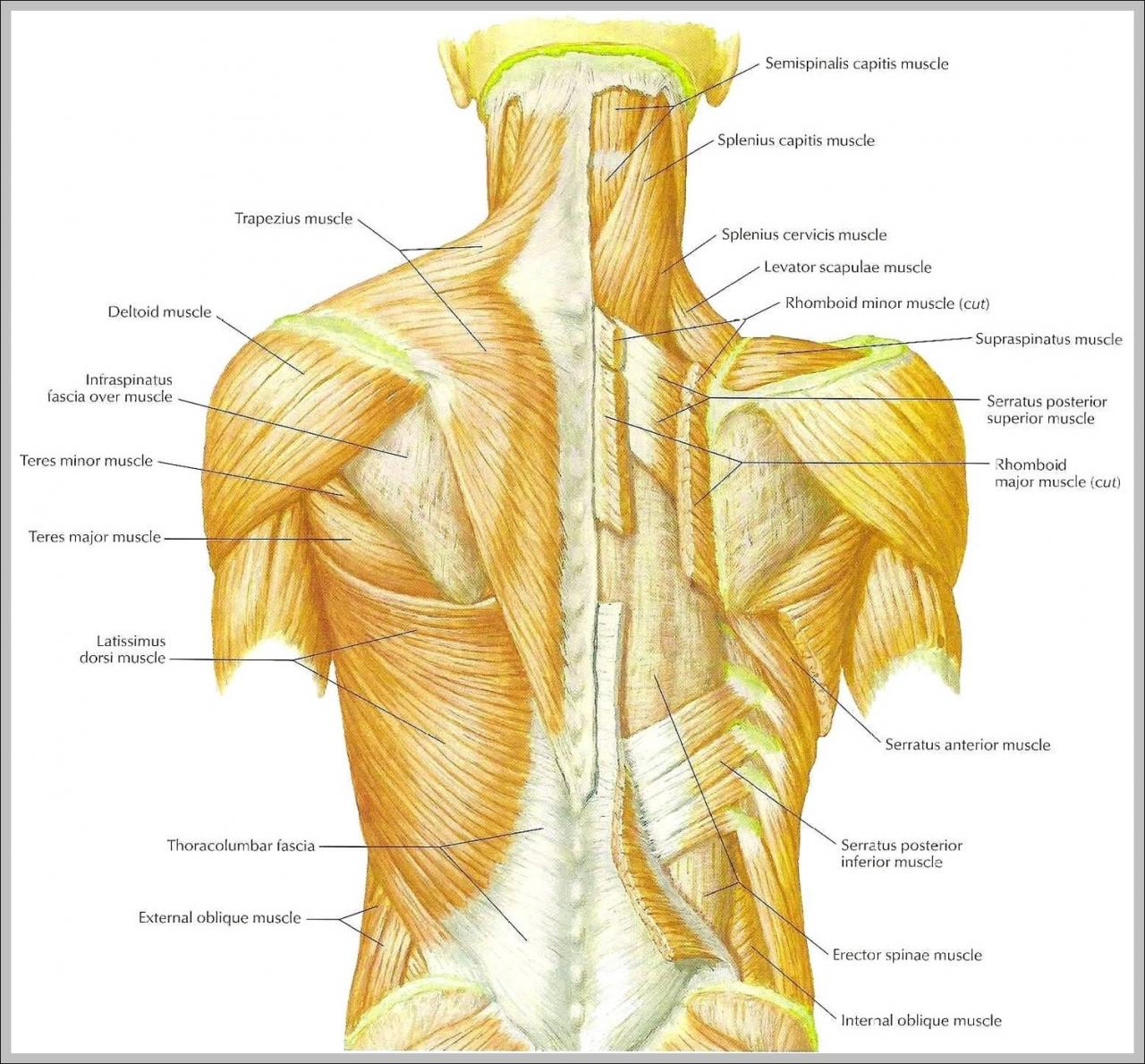
Understanding back muscles is crucial for maintaining a healthy and active lifestyle. By embracing the principles of rehabilitation, nutrition, and injury prevention, we can harness the full potential of these muscles, unlocking a world of improved posture, enhanced performance, and reduced risk of injuries.
On this special Mother’s Day, we extend our heartfelt wishes to all the mothers who have touched our lives with their love and care. From the bottom of our hearts, we say, “Happy Heavenly Mother’s Day, Mom!” May your memories continue to inspire and guide us always.
Happy Heavenly Mother’s Day, Mom !
Let us embark on this journey together, empowering ourselves with the knowledge and tools to achieve optimal back muscle health.
As we celebrate Mother’s Day, let’s express our love and gratitude to the extraordinary women who have shaped our lives. May this day be filled with joy, laughter, and cherished moments. To all the mothers near and far, we wish you a very Happy Mother’s Day !
Key Questions Answered
What are the most important back muscles?
If you’re looking to shed excess weight around your lower back, incorporating specific exercises into your routine can be highly effective. Experts at the Madera County Health Department recommend exercises such as squats, lunges, and planks, which target the muscles in this area and help burn calories.
For personalized guidance, consider consulting a fitness professional who can tailor an exercise plan to meet your specific needs: exercises for lower back fat .
The trapezius, latissimus dorsi, rhomboids, and erector spinae are the major back muscles responsible for posture, movement, and supporting the spine.
Maintaining flexibility is crucial for overall health, and regular exercise is the key to preventing flexibility issues. According to experts at the McLean County Health Department, engaging in regular physical activity helps improve joint mobility and muscle elasticity. By incorporating exercises that target the back muscles , you can enhance spinal flexibility and reduce the risk of back pain.
How can I strengthen my back muscles?
Effective exercises for strengthening back muscles include pull-ups, rows, and deadlifts. These exercises target different muscle groups and movement patterns.
What are common back muscle injuries?
Common back muscle injuries include strains, sprains, and herniated discs. These injuries can result from improper lifting techniques, poor posture, or overuse.
